Best Seasons for Foundation Repairs
Spring offers moderate temperatures and increased moisture, which can facilitate curing and settling processes. However, excessive rain may cause delays or complications.
Summer provides warm, dry weather ideal for many repair activities. High temperatures can accelerate curing but may require precautions against rapid drying.
Fall typically features cooler temperatures and lower humidity, making it a suitable time for foundation repairs before winter.
Winter is generally less ideal due to freezing temperatures and frozen ground, which can hinder excavation and curing processes.
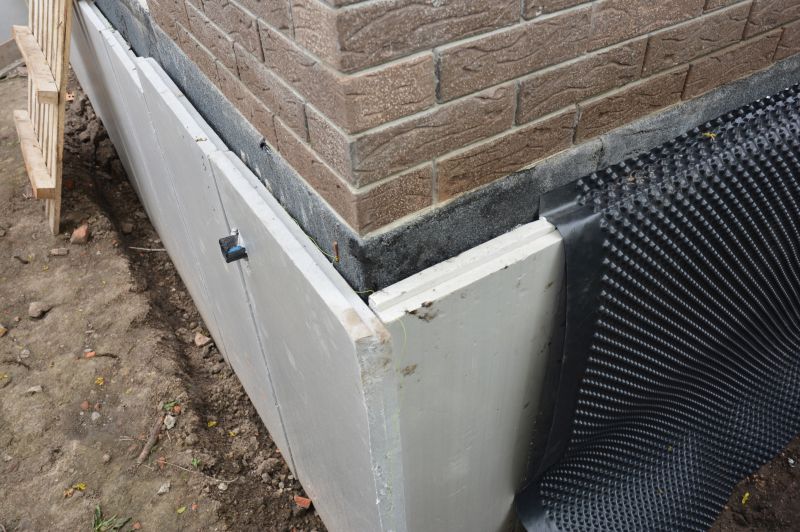
Spring's moisture helps with soil settling but requires managing rain delays.
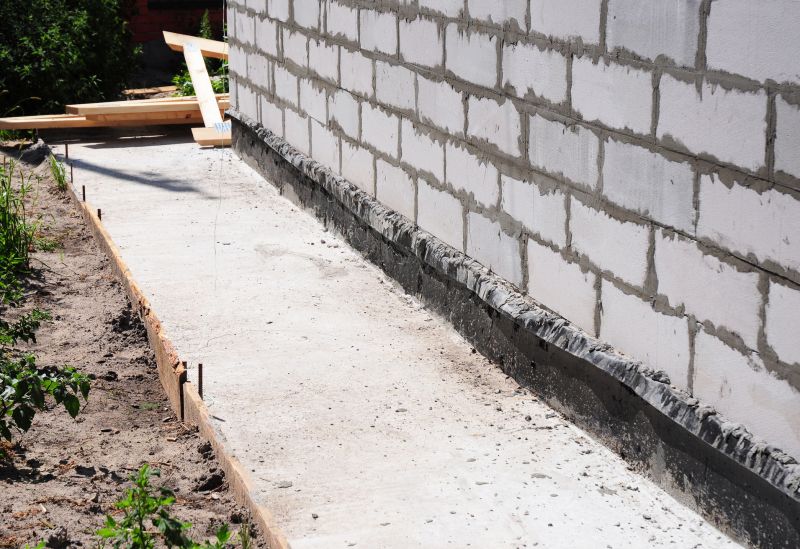
Warm and dry conditions support efficient repairs and curing processes.
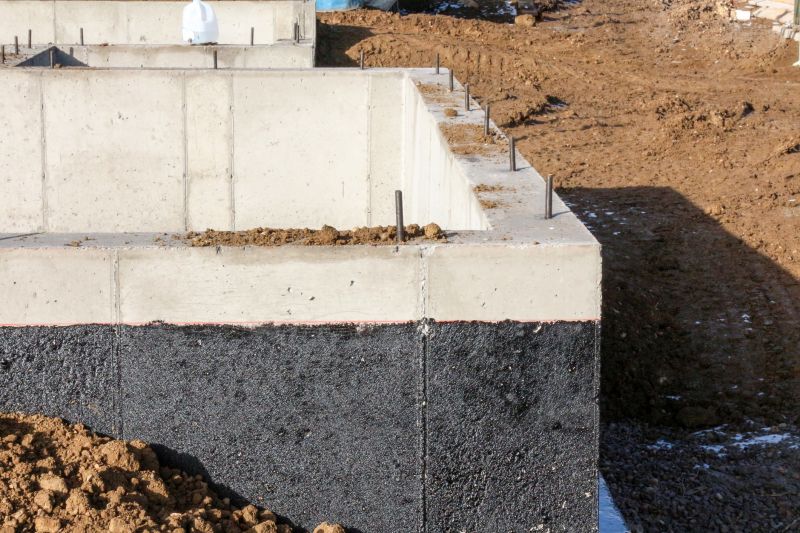
Cooler weather makes fall an optimal time for repairs before winter.
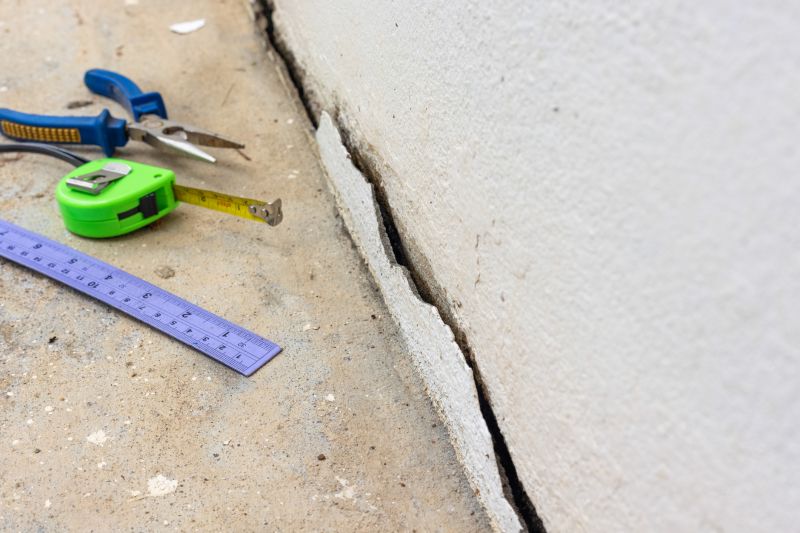
Ways to make Foundation Repairs work in tight or awkward layouts.
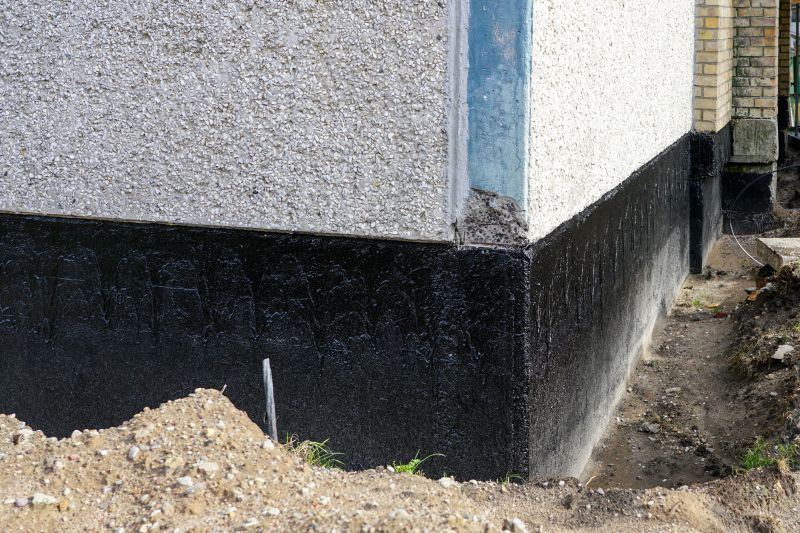
Popular materials for Foundation Repairs and why they hold up over time.
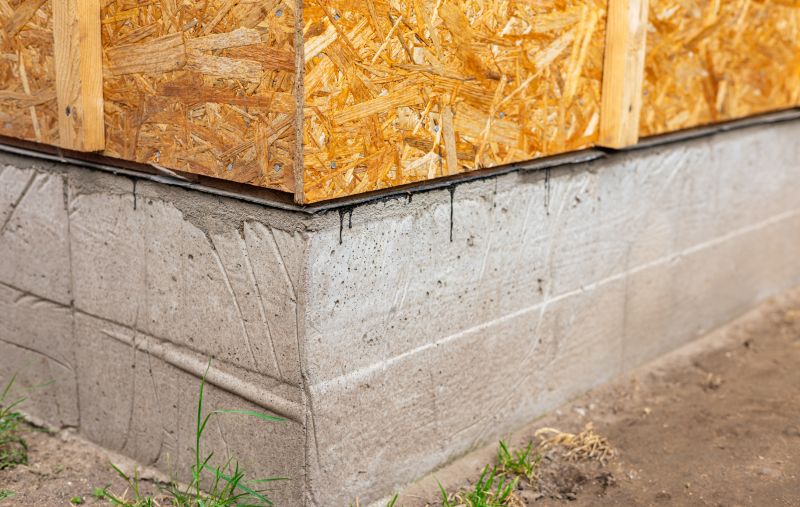
Simple add-ons that improve Foundation Repairs without blowing the budget.
| Season | Optimal Conditions |
|---|---|
| Spring | Moderate temperatures with increased moisture, suitable for curing |
| Summer | Warm and dry weather, ideal for most repair activities |
| Fall | Cooler temperatures with lower humidity, good before winter |
| Winter | Freezing temperatures and frozen ground, generally unsuitable |
Foundation repairs address issues such as settling, cracking, and shifting that can compromise structural integrity. Timely repairs help prevent further damage, reduce long-term costs, and maintain property value. Proper timing ensures that repairs are performed under conditions that promote stability and durability. Seasonal factors influence soil movement, moisture levels, and curing times, all of which are critical to successful foundation work.

Involves assessment, excavation, stabilization, and reinforcement.
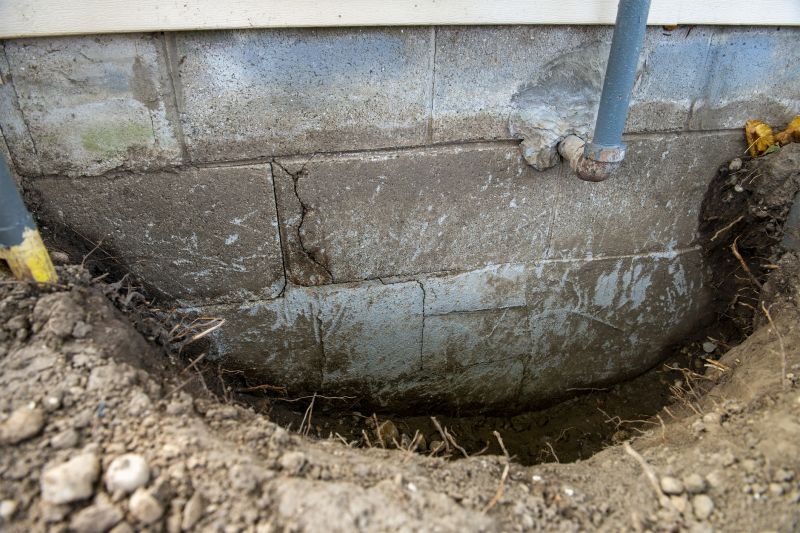
Soil shifting, moisture changes, and poor construction.
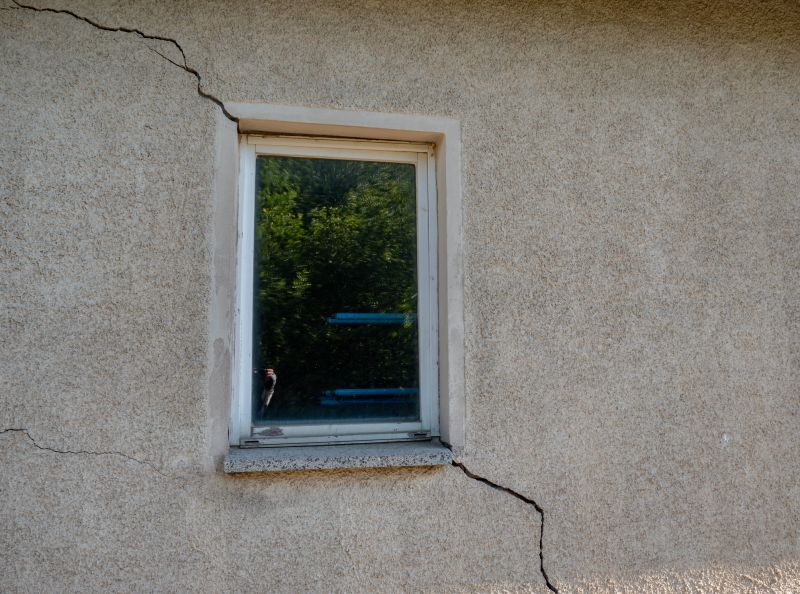
Cracks, uneven floors, and sticking doors or windows.

Prevents further damage, improves safety, and preserves property value.
Understanding the best time for foundation repairs can lead to more efficient and lasting results. Planning repairs during favorable seasons minimizes complications and ensures the longevity of the work performed. Regular inspections can help identify issues early, allowing for repairs to be scheduled at the most appropriate times.

Specialized tools and machinery are used for excavation and stabilization.
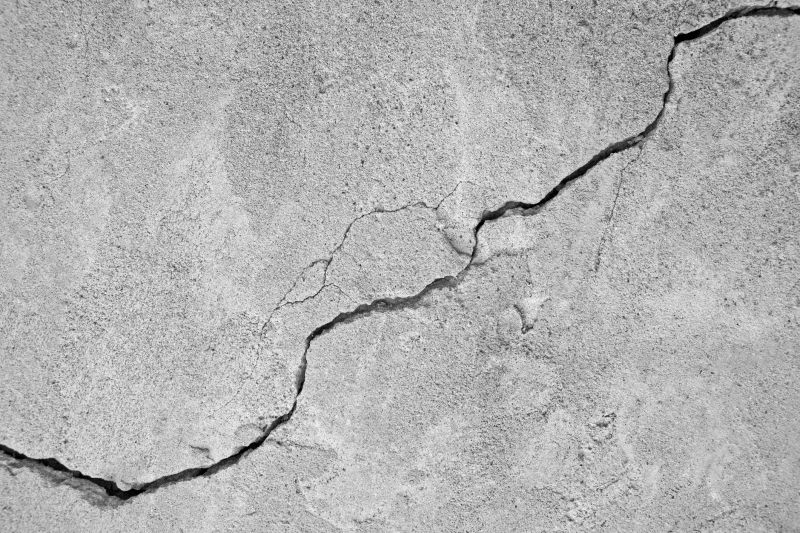
Sealing and reinforcement to prevent further cracking.
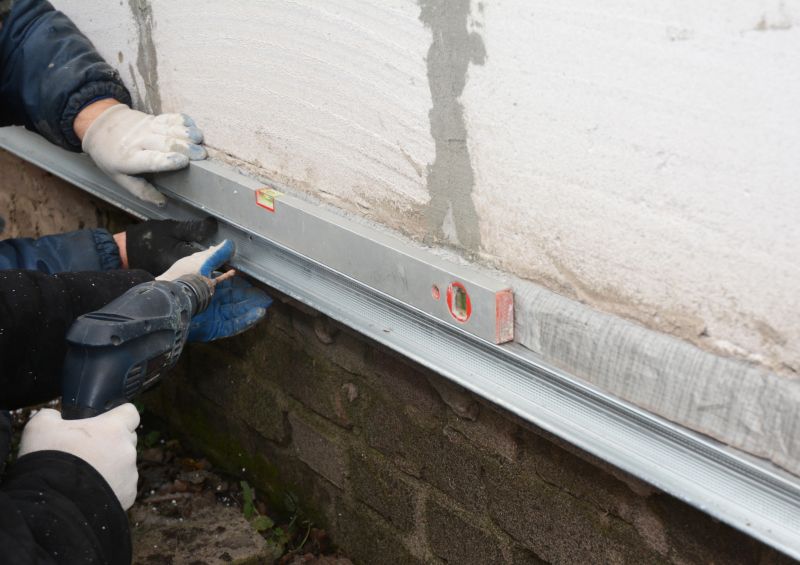
Methods like underpinning and mudjacking improve stability.
If considering foundation repairs, it is advisable to evaluate seasonal conditions and schedule work accordingly. Proper timing not only enhances the effectiveness of repairs but also helps avoid delays caused by weather or ground conditions. Contact professionals to determine the most suitable time for specific repair needs.

